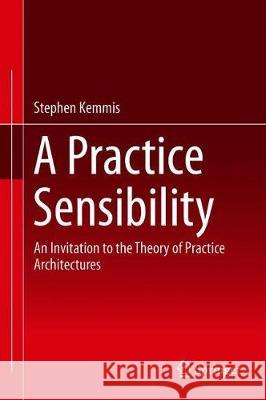A Practice Sensibility: An Invitation to the Theory of Practice Architectures » książka
topmenu
A Practice Sensibility: An Invitation to the Theory of Practice Architectures
ISBN-13: 9789813295384 / Angielski / Twarda / 2019 / 185 str.
A Practice Sensibility: An Invitation to the Theory of Practice Architectures
ISBN-13: 9789813295384 / Angielski / Twarda / 2019 / 185 str.
cena 484,18 zł
(netto: 461,12 VAT: 5%)
Najniższa cena z 30 dni: 462,63 zł
(netto: 461,12 VAT: 5%)
Najniższa cena z 30 dni: 462,63 zł
Termin realizacji zamówienia:
ok. 22 dni roboczych
Dostawa w 2026 r.
ok. 22 dni roboczych
Dostawa w 2026 r.
Darmowa dostawa!
Kategorie:
Kategorie BISAC:
Wydawca:
Springer
Język:
Angielski
ISBN-13:
9789813295384
Rok wydania:
2019
Dostępne języki:
Ilość stron:
185
Waga:
0.41 kg
Wymiary:
24.13 x 16.26 x 1.27
Oprawa:
Twarda











